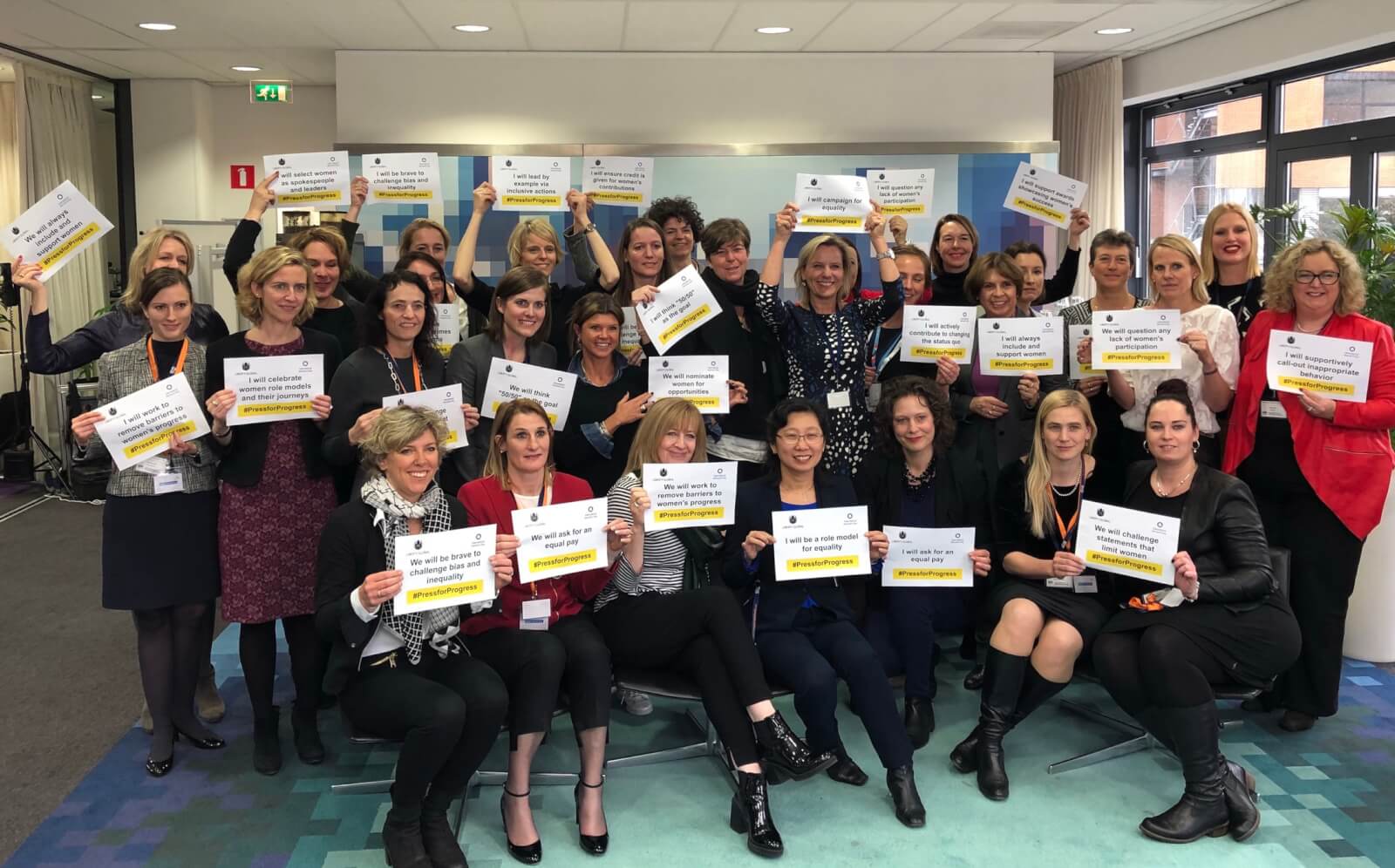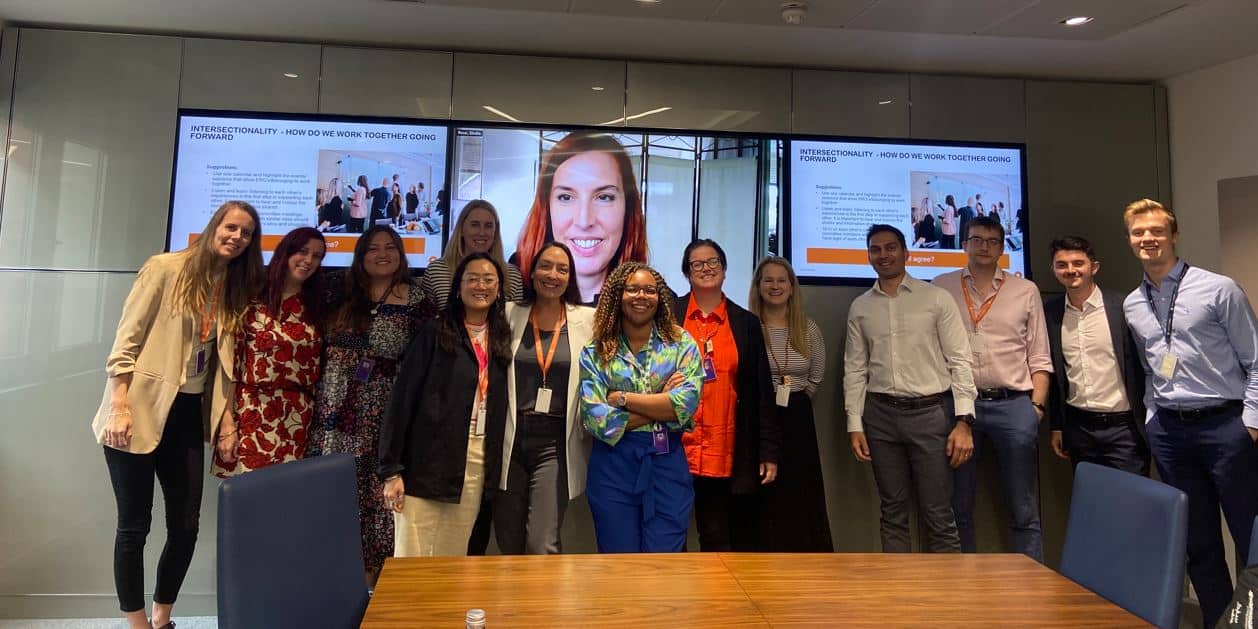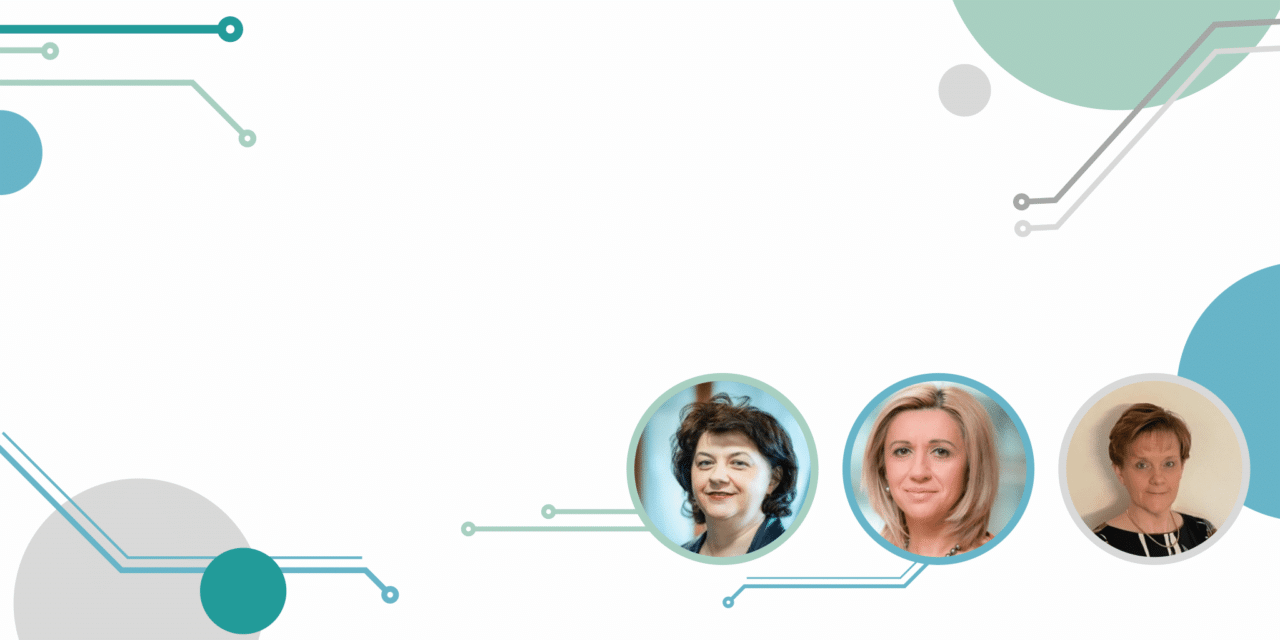Aside from leading hugely successful companies, what do the CEOs of Apple, General Motors and Intel have in common? They all cut their teeth in Supply Chain Management – but only one of them is female, says Anita Arts.
In today’s increasingly competitive landscape, successful and growing companies recognize the many benefits that come with managing an efficient, cost-effective, digital, and—most importantly—customer-centric supply chain.
What we call Supply Chain Management is actually a highly specialized field which draws expertise from science, technology, and mathematics, to human collaboration and interaction. But it wasn’t always this way.
The earliest supply chain pioneers emerged from the first industrial revolution and the boom in manufacturing and logistics that followed. Back then, working in the supply chain was physically demanding to require both fitness and strength. Consequently, supply chain gained a reputation for being work that is best suited to men. And while this is clearly no longer the case, that outdated perception persists.
This ‘problem of perception’ is, I believe, a major contributing factor to the low number of women who enroll in supply chain courses at university – around 37% according to research by Gartner. It is a trend which continues into the workplace. According to research by Fronetics, around 70-80% of all supply chain roles are held by men, and at the supervisory level women are represented even less.
One other fascinating statistic – of all the leaders of the Fortune 500 companies, only 5% are women. And this is despite compelling evidence which shows that diverse management teams boost the financial performance of companies!
So what is needed for those working in the supply chain to tip the scales in favor of gender-balanced teams? From my own experience, I believe there are two main areas we must focus our attention. First, we must address how the supply chain is perceived. Second, we must help women bridge the confidence gap so they feel more comfortable putting themselves forward for leadership roles.
There are several steps we must take to progress, and I am pleased to report that this work is already underway. For International Woman’s Day 2017, I teamed up with PepsiCo’s Ivanka Janssen and Martijn Lofvers from SC Media to co-host an event dedicated to exploring the challenges faced by women working in the supply chain.
The sense of ownership to emerge from the discussions was both energizing and inspiring. There was broad acceptance that the supply chain community must take responsibility for educating students and graduates about what life is really like in our fascinating and fast-paced profession.
In exploring the challenges facing our field, we also identified several highly sought-after competencies: collaboration, multitasking, problem-solving, analytical thinking and driving focused agendas – strengths, you will notice, which are often attributed to women.
Recognizing that companies tend to promote from within, we must dedicate time and resource to mentoring female colleagues early in their careers. This will create additional opportunities for future female leaders to learn about, and grow within, their company.
Most importantly, however, we must all play our part in raising awareness about the benefits of gender-balanced teams. And, we must be both proud and loud as we explain how women can contribute to the success of a company.
So what’s next?
For this year’s International Women’s Day, Liberty Global—together with SC Media—will once again proudly host the ‘Feminization of Supply Chain’ event. We have set ourselves a bold agenda that will challenge participants to explore topics ranging from professional development to the benefits of thought diversity in the workplace.
Crucially, and for the first time, we are opening the doors of this growing event to our male counterparts and I am looking forward to exploring these important topics together. After all, encouraging diversity is everyone’s business.










